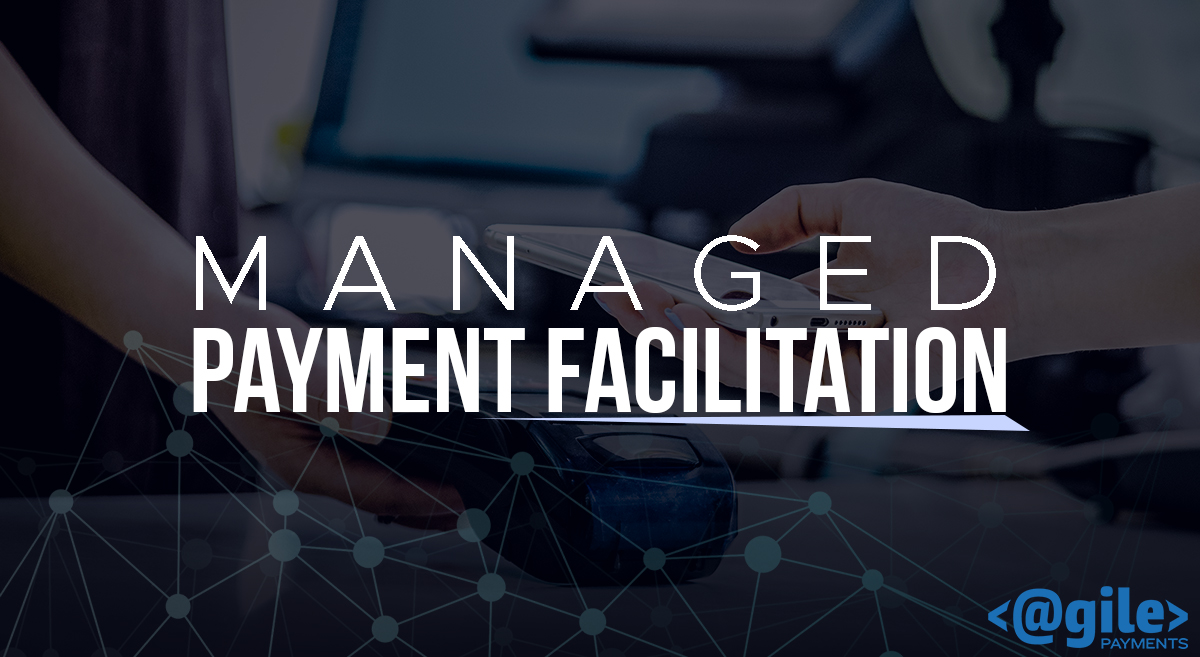Payment Facilitation allows a SaaS application the ability to accept payments on behalf of its end users. The platform users complete a simple application and in minutes can begin accepting credit cards and in some cases ACH Payments.
This ability to onboard clients without having the user apply for a traditional merchant account [that can take days and require supporting documentation like bank statements and tax returns] offers a friction-free onboarding experience.
Payment Facilitation at its core offers instant onboarding of platform users. If that is not an absolute necessity there are alternative that will better meet needs. See Payment Processing Partnerships.
Becoming a Payment Facilitator or PayFac is often a great fit for SaaS platforms that in addition to a business management app also offers a payment processing solution as well as payment specific solutions, e.g., invoicing and Property Management.
Property Management applications often target smaller owners, some of whom still use personal checking accounts. The friction involved in securing traditional merchant accounts in many cases would discourage a potential customer.
This is the perfect example where Payment Facilitation is the right fit.
Pros and Cons of Payment Facilitation
First the disadvantages to the Payment Facilitator model.
- Potential risk of financial loss
- Customer support burdens
- Integration demands
- Approval process to become a PSP can be somewhat burdensome
- Compliance with KYC/PCI and potential tax reporting
- See video: Becoming a PayFac – What can go Wrong?
The advantages to the Payment Facilitator model
- Speed of boarding process: Being a Payment Facilitator allows you the ability to setup sub-merchants very quickly, removing a choke point to new client acquisition.
- Customers love that it is so easy to get the account going with no paperwork or documentation burdens. This dramatically improves the client boarding process. Buy a Square reader at Walgreens, go online and create your account and within 30 minutes you can be swiping payments. That’s a very attractive acquisition tool.
- Merchant Control: Sub-merchants are under contract with you, the Master Merchant.
- Flat fee structure: Easy to understand flat fees for your merchant customers. No needs to understand interchange tables.
- Earnings: Master merchants are able to earn money from network and transactional fees, and potentially float. This is the big one for most SaaS platforms contemplating going the facilitation route. FinTech has seen massive investment and the main attraction is recurring revenue. As long as people are taking payments revenue + profit is being generated.
- Revenue is derived simply from the difference in buy rate from the processing networks and the sell rate charged to the end customer. For illustration, if a Payment Facilitator knows their true overall cost amounts to 2.4% of processed volume and they sell at 2.9% their margin is .5% of dollars processed. If they process $10,000,000 per day that works out to $50,000 in revenue per day. Very attractive business model and you might say sign me up.
In the past, there was only the full-blown Payment Facilitation option. The platform would need to spend well over $100k and 6 months integrating and being vetted to qualify.

Today Managed Payment Facilitation Solutions exist and these allow the Property Management Platform the ability to instantly onboard without all the expense and risk.
Contact us to discuss your needs around Manage Payment Facilitation.


